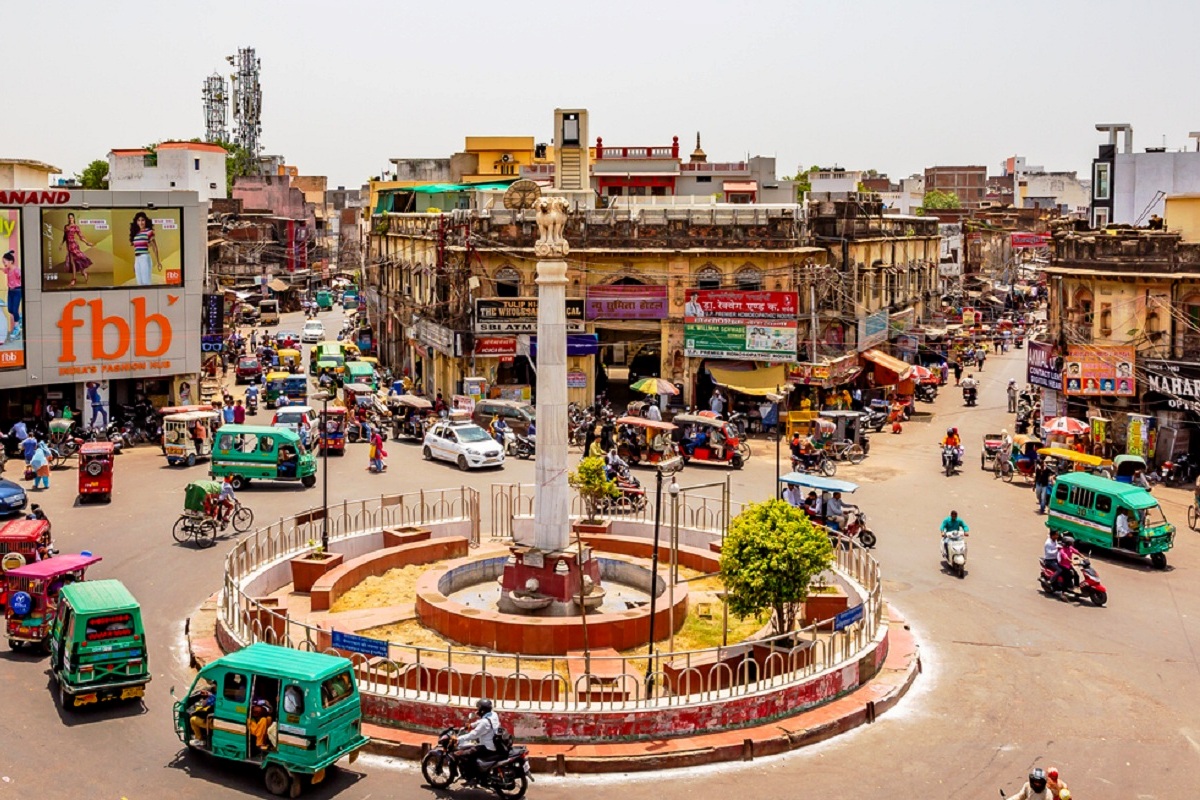A heritage walks through time. Memories dating back to 1960 when I first visited Chandni Chowk as a four-year-old kid clutching my father’s hand and admiring the single carriage tram-car which plied there then.
Over the next six decades so much has changed. Chand ni Chowk, arguably the biggest and the most traditional shopping arcade of Delhi since Mughal Emperor Shah Jahan’s times, is no longer a saturated motorable stretch.
Advertisement
One can now amble along on foot or on a cycle rickshaw at leisure and admire the bustling surroundings. History rubs shoulders with history. While the iconic Red Fort overlooks the Chandni Chowk as the Silent Sentinel, you cannot but get lost in the plurality that is India.
The Jama Masjid, the Digambar Jain Temple, Gaurishankar Temple, the Central Baptist Church (the oldest in Delhi), and the historic Gurudwara Sis Ganj (the martyrdom spot of Guru Tegh Bahadur), in coincidentally close proximity, remind us repeatedly of the faith and tolerance that is the hallmark of Indian ethos and composite culture since centuries.
The heritage State Bank of India building, the historic Town Hall, Nai Sarak (a distant cousin of Calcutta’s book market College Street), and Bhagirath Palace (perhaps the biggest electrical market in the country) were all there as mute witnesses to history.
The Foodie in me sought out the oldest Bengali sweet shop of Delhi, the Anna purna Bhandar (since 1929), the tiny shop selling magnum-sized Jalebis at the Dari ba corner, the iconic Nataraj Dahi Bhalla, Paranthewali Gali, and the nondescript shop selling ‘Khurchan’ (a milk product made painstakingly by boiling milk for hours together) in town.
How one misses the Ghantewala sweet shop, Dr. H C Sen & Co. medicine shop (whose owner treated Swami Vivekananda’s tonsillitis in 1891 during the monk’s wandering days), the IMH Press of the Roy family, Moti Theatre (where I saw Mamata in 1967, the Hindi remake of Uttar Falguni starring Suchitra Sen, Ashok Kumar, Dharmendra) and the Maharaja Lal & Sons (all near the Fountain area) from where my father gifted me our first-ever sound system, which has, over the years, been consigned to the pages of his tory.
Yet, my walk down Chand ni Chowk after at least a couple of decades, with myriad memories overtaking me, despite the hot March sun beating down relentlessly, aroused in me the pride of being a Del hiwallah for as long as one can remember
















